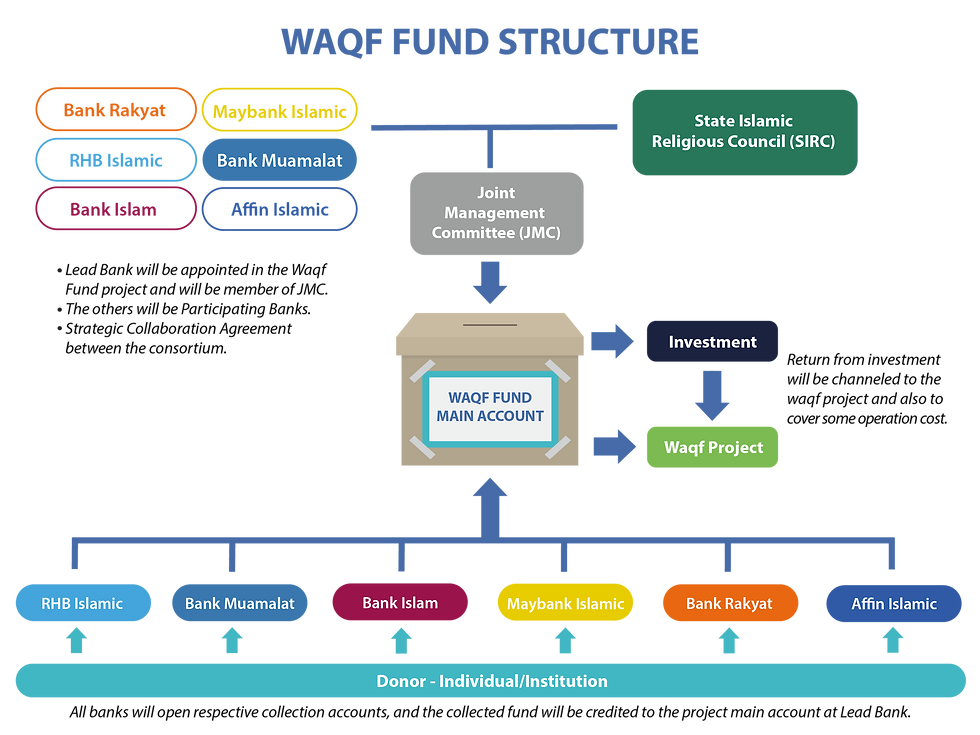Understanding the Waqf Act: Structure, Strain, and the Road Ahead
- Amit Yadav
- Apr 14
- 4 min read
Updated: Apr 20
In recent months, the Waqf (Amendment) Bill, 2025, has brought renewed attention to the management of religious endowments in India. Beyond the political uproar, it reveals a deeper story about the country's evolving administrative structures, land governance, and the future of institutional reform. To understand its full significance, one must explore the framework of waqf properties, the issues that prompted reform, and the potential systemic outcomes—before and after the amendment.
What Are Waqf Properties and Why Do They Matter?
The concept of waqf refers to a religious endowment made under Islamic law, typically involving immovable properties like mosques, dargahs, schools, graveyards, and agricultural lands. These properties are meant to serve religious, educational, or charitable purposes, and are managed by mutawallis (caretakers), under the supervision of State Waqf Boards.
According to government data:
There are over 8.7 lakh registered waqf properties in India.
These assets collectively cover 9.4 lakh acres of land.
The estimated market value exceeds ₹1.2 lakh crore, making the Waqf Boards one of the largest landholding bodies in India, alongside the Indian Railways and the Defense Ministry.
The sheer size and value of this portfolio bring with it a critical responsibility—ensuring effective, transparent, and ethical management. Yet, for decades, the system has faced major bottlenecks.

The Legacy System: What Wasn't Working?
The Waqf Act of 1995 established legal structures for the creation of State Waqf Boards and the Central Waqf Council, designed to regulate, maintain, and protect waqf properties. However, over the years, several challenges emerged:
Lack of Digitization: Most waqf records were maintained manually. This led to duplication, missing records, and unauthorized transfers.
Encroachment and Mismanagement: A government report in 2023 stated that over 1.9 lakh waqf properties were under encroachment or illegal use, particularly in urban zones where land prices are high.
Poor Revenue Utilization: Despite the value of these assets, many Waqf Boards struggled to generate income from them. A CAG audit (2021) showed that less than 10% of potential revenue was being realized annually.
Legal Disputes: Thousands of cases related to waqf land ownership were stuck in litigation, some pending for decades. This created legal paralysis and deterred efforts to improve the institutions.
The Amendment: What Has Changed?
The Waqf (Amendment) Bill, 2025 introduced several structural reforms to address these problems:
Digitization Mandate: All waqf land records must now be digitized and geo-tagged. The aim is to establish a national, accessible digital repository that reduces fraud and duplication.
Dispute Resolution Framework: The amendment creates dedicated tribunals to expedite property disputes, with a target to resolve cases within 12 months of filing.
Broader Representation: The Central Waqf Council will now include members from outside the Muslim community. While controversial in some circles, this aims to increase transparency and accountability.
Government Oversight: The central government will have the power to review and take decisions on land disputes that remain unresolved beyond legal deadlines.
These measures reflect a shift toward centralized, standardized, and tech-driven administration, breaking from the previous system that was often fragmented and opaque.
Short-Term Impacts on the Existing System
The amendments have placed a significant burden on existing institutions. State Waqf Boards, many of which are already understaffed and underfunded, are now required to undertake large-scale digitization and coordination with land departments.
Legal departments face a sudden influx of backlog cases being reopened under the new tribunal system. Additionally, the amendment’s impact on mutawallis, who often managed properties based on traditional community trust, has introduced new compliance requirements, leading to friction and confusion.
The process of validating historical waqf claims with modern land documents has also caused disruptions. For example, properties claimed under oral waqf traditions are now subject to documentation scrutiny, which risks disqualification.
The Future: Toward Smarter, Inclusive Land Governance?
Despite the transitional challenges, the amendment may lay the foundation for more modern, transparent waqf property management. If implemented effectively, it could bring the following systemic benefits:
Real-time Asset Monitoring: Digitized records with GPS mapping could curb encroachment and fraud. This could also enable proactive planning and utilization of waqf assets.
Revenue Optimization: A standardized, accountable model could boost rental income from commercial waqf properties, which can be reinvested into education, healthcare, and welfare services.
Urban Development Integration: In cities where waqf land intersects with infrastructure planning, digitized records could ease integration with smart city models, ensuring waqf objectives are met without conflict.
Better Dispute Resolution: With dedicated tribunals and time-bound resolution mechanisms, property cases may be cleared faster, benefiting both the waqf institutions and the communities they serve.
Conclusion: A Turning Point in Waqf Governance
The Waqf (Amendment) Bill, 2025, marks a crucial pivot in the way India approaches religious and charitable land assets. It moves the system from legacy frameworks to a tech-enabled, institutionalized format that prioritizes transparency, efficiency, and long-term sustainability.
While the success of these changes will depend on the capacity of State Waqf Boards and the judiciary, the framework offers hope for a more structured and fair approach to waqf land management. The road ahead requires cooperation between religious trusts, local governments, and civil society—ensuring that the original intent of serving the public good through these endowments is not lost, but strengthened.






Comments